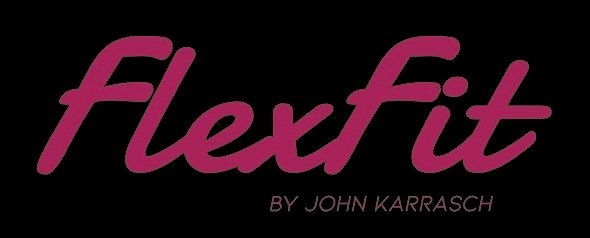Pedaling technique comes up frequently in the fit station and is quite an important discussion to have as it can make your riding better. Or worse if the wrong approach is taken!
We have all seen the graph above I think. It illustrates which muscles get used in different portions of the pedal stroke. So how do we make best use of all these muscles while riding a bike? Let’s get into it some!
Good pedaling technique consists of a few things but the big hitter here is gross efficiency. Meaning how much of your effort actually moves you forward. Good technique also looks good and sounds good. Go watch the top 10 guys at a Pro XC race get up a climb. Listen and watch. The bikes shift well, the riders look smooth. Rear wheel traction is also maximized.
Somewhere along the line, clipless pedals came along, and folks began to tell riders these were better as they could forcefully pull UP on the pedals. More power, right? Not really. Humans are naturally much stronger at pushing down with their legs than pulling up or dragging the foot backwards in the “mud scraping” motion
The pedal stroke should reflect this. Think of how much weight you could push away from you with one leg. Lots! But then, you have to pull the box back to you with that leg...see where this is going? Trying to pedal in a circle with even force all the way around is simply not possible and if you can is going to massively overwork the hip flexors. There are also some really good studies on amputees riding with only one leg. They are experts at practicing “pedaling in circles”, BUT once you add a counter weight to the opposite pedal they get more efficient!
We can also see that pedaling efficiency is the same in studies where riders were on flat vs clipless pedals. Can’t do much pulling up with a platform pedal at all. I’m not against any type of pedal here, the study simply illustrates my point. While on the platform pedal topic, practicing riding with flats can be good for technique because you can’t really do any of the bad habits!
One might be wondering how all this happens so many times an hour without much conscious thought. Reflexes, y’all! As one leg pushes, the other reflexively pulls up JUST the right amount .
Moving on, some of these are heard from well meaning riders and coaches:
Scrape the mud of the bottom of the shoe. Kick the foot over the top of the pedal stroke. Use XYZ muscle to push down. Spin a perfect circle. Make sure to pull up on the backstroke.
We have heard it all before and not much of it of use in my opinion. I call this movement micromanaging and it was shown in a study a few years ago to make pedaling efficiency WORSE. Know what worked? The rider’s self selected pedal stroke! Our brain is incredibly adept at producing the best motor pattern for a task and does so unconsciously.
Oh and regarding ankle position pedaling. A bad fit can cause lots of toe pointing or heel drop while riding but unless you test the rider’s ankle strength and range of motion, you are pretty much guessing as to what they SHOULD be doing.
I will also try to help some here, as there are some things that can make your riding technique better…but first the caveat that we are all special and have our own preferences. Plenty of riders have told me things I disagreed with that “worked for them”. I usually say okay and move on.
Cadence. Get better at riding at all cadences. 40 RPM up to 140. Sitting. Standing. The transition between. It all matters. Most riders sit and spin at 80 rpm and that is it! These explorations into more extreme cadences are best done in short efforts, maybe less than a minute. Optimal cadence is usually self selected…but if all you ever do is ride at 70-80 rpm your body really doesn’t have much chance to choose what is ideal.
Shifting. Quit riding like a bull. Silent bikes are happy bikes. Plan your shifts and learn your gears.
Stand up some. Get used to being smooth with standing climbing. This is best done at Tempo or Zone 3 power with cadence a good bit lower than while seated. Start with 30 seconds or so and add some more as it becomes easy.
Training. Ride at a variety of power levels every week but most of your rides should be easy!
Rollers. Riding rollers will quickly let you know how smooth you are. They are a bit dangerous starting out so be careful.
Strength and Balance Training. Make like Nino Schurter. Get in the gym.
Relax. This is huge. Learn to relax while riding and you will be much more efficient. Quit overthinking your pedal stroke or trying to manipulate it.


